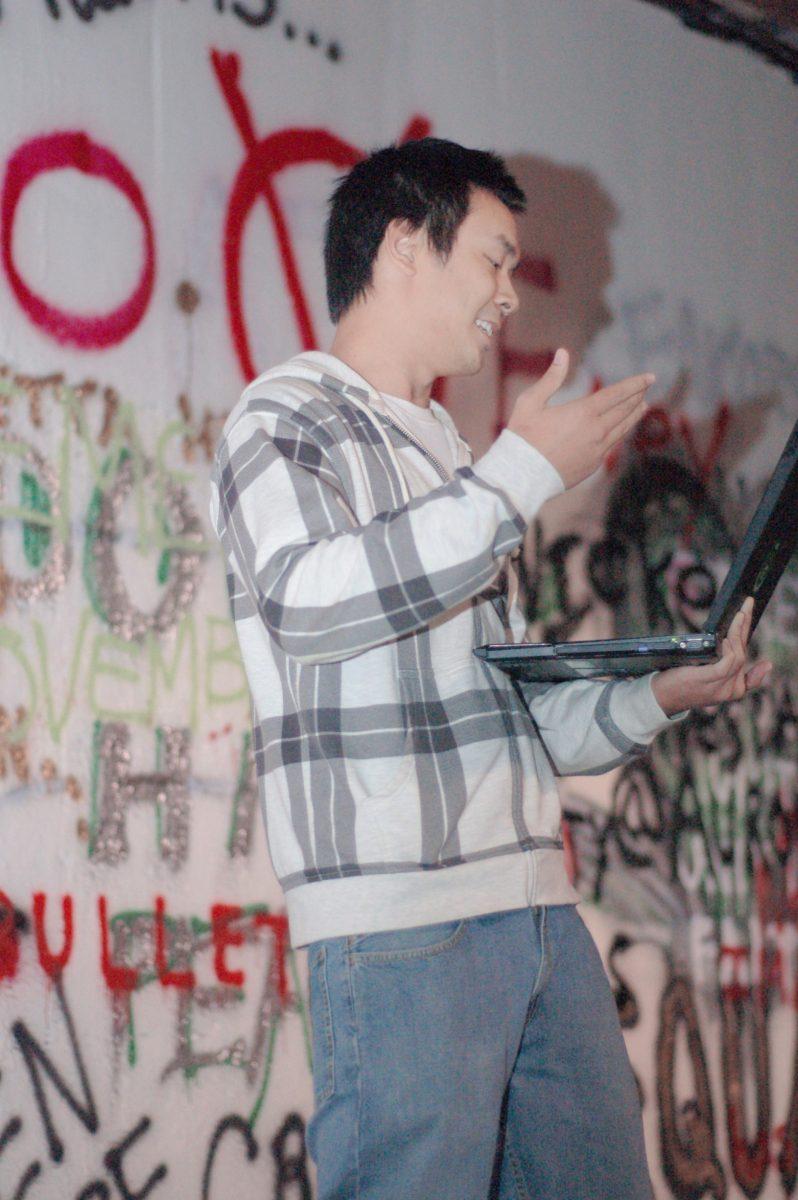Student and regional leaders continued to confront issues from the racist messages left by four students in the Free Expression Tunnel last week.
Rev. William Barber, president of the North Carolina NAACP, sent an open letter to Chancellor James Oblinger encouraging a “strong response and punishment” for the students’ actions.
Barber said he has not been satisfied with the University’s response to the racist spray-painted messages, which targeted president-elect Barack Obama.
“The first concern we have was this is not graffiti,” he said. “At the start, to label it as such and to discuss it as such we think is very troubling. You have to begin right if you’re going to end right.”
After Secret Service and Campus Police investigated spray-painted messages left in the tunnel Wednesday morning, including “Let’s shoot that n—– in the head,” the Secret Service concluded that the four students who had admitted to it had not committed a crime.
Student Government hosted a “Unity Rally” Thursday that drew about 300 students, and during it, Tracey Ray, director of multicultural student affairs, expressed that she wanted the public to have more information about the acts and those who committed them.
Barber wants to meet with the Chancellor Wednesday with leaders of the NAACP to discuss the issues surrounding the messages and the University’s response and look at all available evidence, he said.
According to Barber, he had not been contacted by a University official as of Sunday afternoon, but he expected a call Monday.
If the University does not effectively discourage acts like this, Barber said it could lead to a more hostile environment with more consequences.
“We in the civil rights community understand, black and white, that often times violence or harmful acts were preceded by ugly speech,” he said.
That the students who painted the messages were still likely walking around campus angered Barber.
“When the Chancellor says he’s not going to tolerate it, the question is, what does that mean?” Barber said. “Does that mean persons who engage in it are going to experience a level of punishment equal to the crime?”
Student leaders will meet Tuesday at 6:30 p.m. in the Witherspoon Student Center to discuss the issues raised by last week’s events, and James Hankins, a senior in political science, said many students are expecting more from the University.
“Anybody who’s willing to put something like that is either too immature to be at the University or is too dangerous to be at the University,” Hankins said.
University officials must be sure not to treat any instance like this as a joke, he said.
“I hope a very diverse group of students show up so that we can discuss these things openly and honestly so that nothing like this will ever be taken lightly on campus again,” Hankins said.
Barber said that by labeling the racist messages as “graffiti,” the University was making them seem less harmful.
“These matters are not light matters to be played with and we don’t take them as such,” he said. “While we may not chase every incident that happens, the sinister and suggestive and direct nature of this incident gives us great concern and great pause and has to be addressed.”
The campus chapter of the NAACP met with student leaders Saturday, according to Student Body President Jay Dawkins.
“There are a lot of calls for individuals’ names to be released and at this point, the University’s hands are tied by the Family Educational Rights and Privacy Act,” he said. “At this point we need to focus on continuing work to improve our campus atmosphere and to instill values of respect and tolerance.
Dawkins said students should continue to support the Office of Diversity and Inclusion, and Student Government will host a town hall forum Nov. 15 to focus on the racial issues of the past week.
“It takes more than a rally alone,” he said. “It takes a commitment from each of us to reach out to our fellow students to build understanding and dispel ignorance.”








